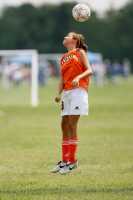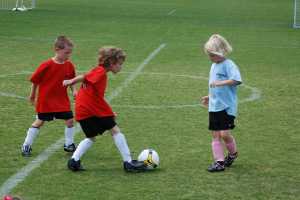Author Interviews, Brain Injury, Exercise - Fitness / 04.08.2021
Soccer (Football) Given the Risk of Brain Damage, Is Heading the Ball Really Necessary?
MedicalResearch.com Interview with:
Willie Stewart, MBChB, PhD, DipFMS, FRCPath, FRCP Edin
Consultant Neuropathologist
Honorary Professor
Department of Neuropathology
Queen Elizabeth University Hospital
Glasgow, UK
MedicalResearch.com: What is the background for this study?
Response: There is concern over the association between participation in contact sports and later life risk of dementia and associated neurodegenerative disease. Much of this comes from observations of a specific form of neurodegenerative pathology - chronic traumatic encephalopathy (CTE)- linked to history of traumatic brain injury (TBI) and repetitive head impacts in autopsy studies of relatively small numbers of former athletes, including boxers and soccer players. Nevertheless, although this brain injury linked pathology is described, surprisingly little is known about what this might mean for later life health, specifically risk of dementia.
In a previous study published from our programme of research looking at "Football's Influence on Lifelong health and Dementia risk' (the FIELD Study), we demonstrated that former professional soccer players had an approximately three-and-a-half-fold higher mortality from neurodegenerative disease than matched general population controls. However, these mortality data did not allow us to consider the relationships between varying head injury/impact exposure variables, such as player position and career length, and risk of neurodegenerative disease. (more…)




